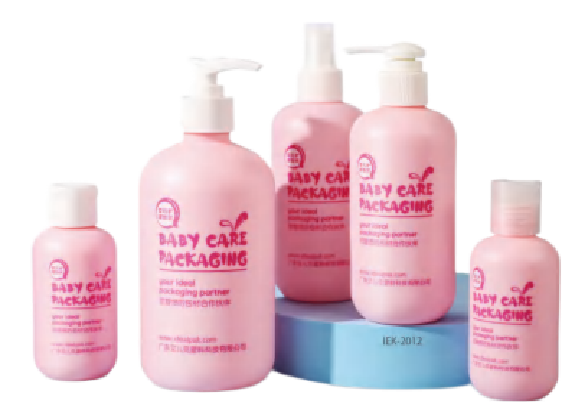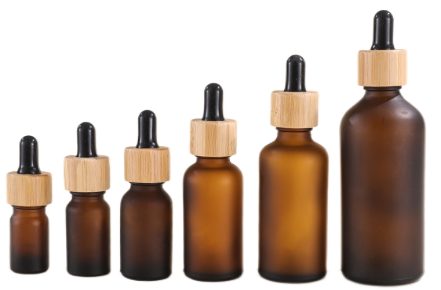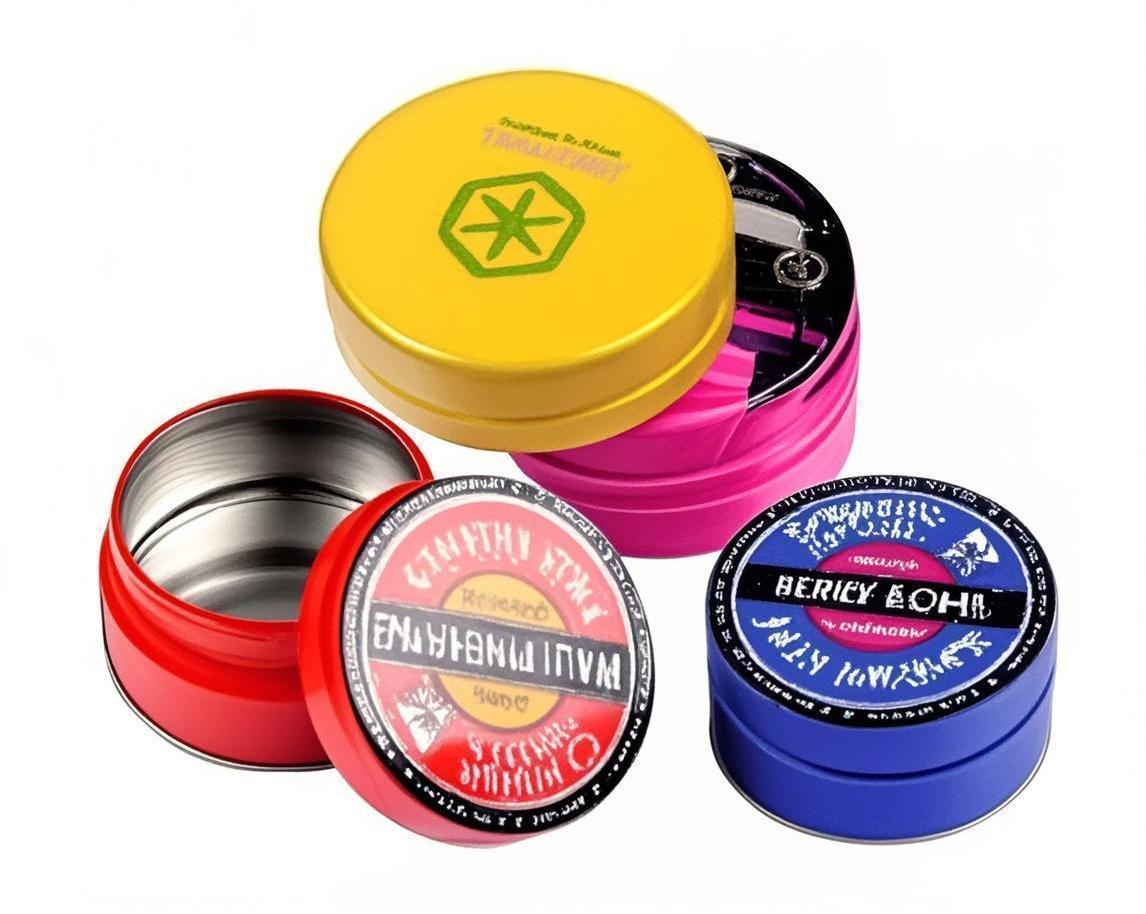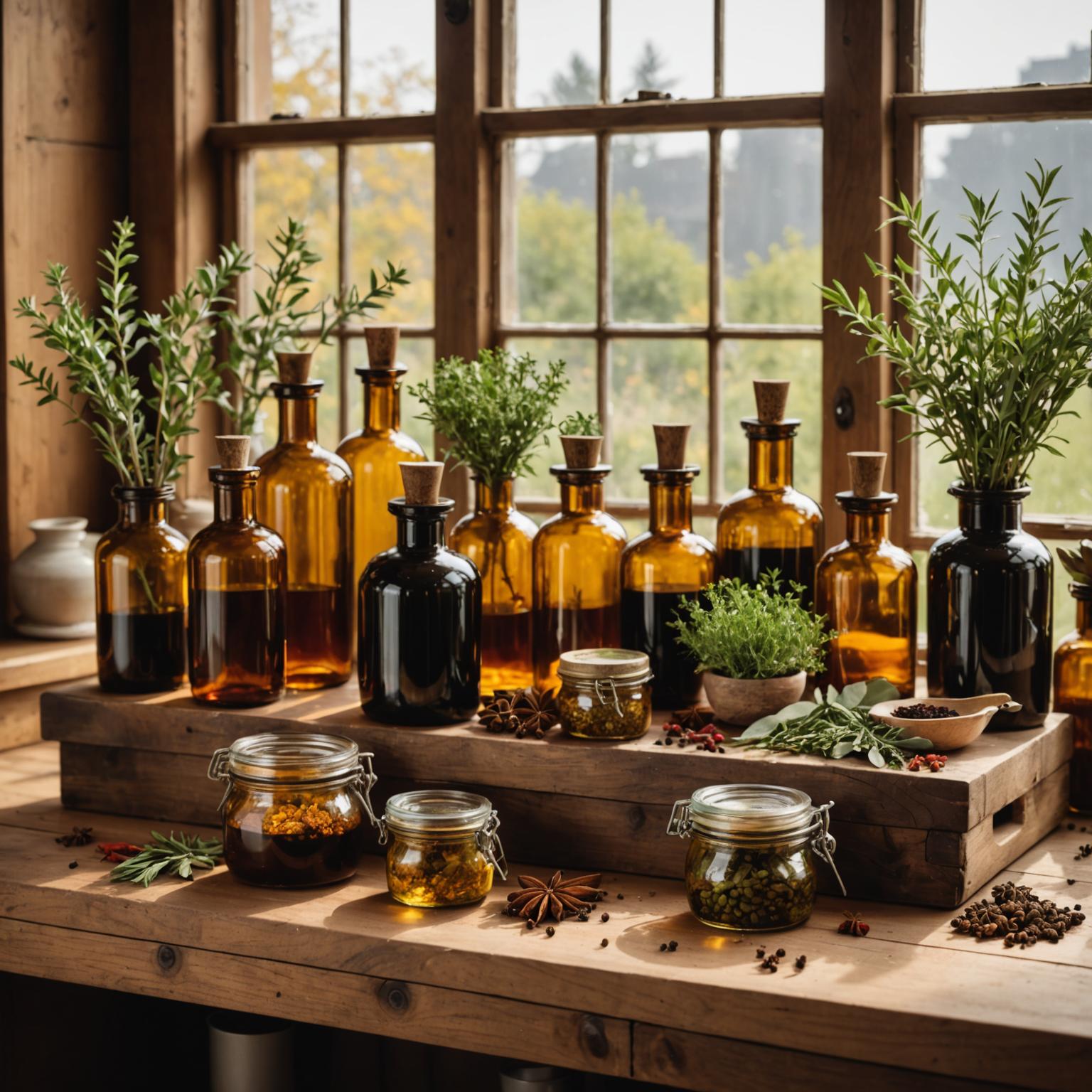Why Choose a Lightweight Glass Bottle?

In the world of packaging innovation, the buzzword "lightweight glass bottle" has become a significant focus for both manufacturers and consumers. These bottles are designed to be a sustainable and practical alternative to traditional heavy glass containers. By reducing the overall weight of glass bottles, manufacturers are actively addressing environmental concerns while lowering production and transportation costs. Lightweight glass bottles not only preserve the premium feel and eco-friendly benefits of glass but also make it easier to reduce carbon footprints throughout the supply chain. Their benefits stretch from environmental conservation to enhanced usability for customers.
This article delves into the guide on how lightweight glass bottles are fostering sustainability, improving product design, and contributing to a greener future.
How Lightweight Glass Bottles Help Reduce Carbon Footprint
One of the primary reasons lightweight glass bottles are gaining significant attention is their ability to reduce carbon footprints. Traditional glass packaging, while robust and aesthetically pleasing, typically requires more energy to fabricate and transport due to its heavy weight. On the other hand, lightweight glass bottles use fewer raw materials during production and consume less energy in manufacturing. For businesses, this translates into lower greenhouse gas emissions—a crucial advantage in a world pushing for sustainable practices.
Moreover, because these bottles are lighter, they reduce fuel consumption during transportation. Shipping a truckload of lightweight glass bottles consumes less energy than shipping an equivalent number of traditional glass bottles. This lower transportation impact makes lightweight glass packaging an integral part of today's "green logistics" agenda. By adopting these bottles, companies not only minimize their operational carbon footprint but also send a strong message about sustainability to their customers.
Innovating Glass Bottle Design for Efficiency
Glass bottle design innovation is at the heart of the lightweight glass bottle revolution. Manufacturers are now leveraging cutting-edge techniques to create thinner yet durable bottles. The design process involves precise engineering to ensure the structural integrity of the glass remains uncompromised while reducing its overall weight.
For instance, advancements in glass-blowing technology allow for uniform wall distribution in lightweight glass bottles. This ensures that the bottles retain their strength while shedding unnecessary weight. Special annealing processes also contribute toward making the bottles more resistant to cracks or thermal damage, which is particularly important for certain product types like beverages or cosmetics.
In addition, lightweight packaging doesn't just benefit the environment—it elevates consumer experience. Lighter bottles are easier to handle and transport, making them more attractive for on-the-go lifestyles. Whether it’s a premium wine bottle or a daily-use glass water bottle, innovation in glass bottle design ensures that convenience doesn’t take a back seat.
The Role of Lightweight Packaging in Sustainability
Lightweight packaging, as a broader initiative, is a significant trend across industries, and lightweight glass bottles are no exception. As brands increasingly prioritize eco-conscious choices, lightweight glass packaging aligns perfectly with their goals of reducing waste, promoting recyclability, and adhering to environmental standards.
Unlike plastic packaging, glass is inherently recyclable—and lightweight glass bottles strengthen this advantage. Reducing the quantity of raw materials required to manufacture these bottles means they leave a smaller environmental footprint from start to finish. And because glass can be recycled endlessly without losing quality, lightweight glass bottles perpetuate a circular economic model where materials are continuously reused, reducing resource extraction.
From cosmetics and beverages to pharmaceuticals, the shift to lightweight glass bottles is also helping brands meet the evolving priorities of eco-conscious consumers. Customers are more likely to support companies that actively work toward reducing environmental impacts, making lightweight packaging an essential aspect of corporate responsibility initiatives.
Embracing Lightweight Glass Bottles in Your Business
Transitioning to lightweight glass bottles is not only an environmental win but also a business advantage. If you’re a business owner considering this shift, here are a few steps to guide you:
1. **Evaluate Your Packaging Needs**: Begin by assessing how lightweight glass bottles can be incorporated into your specific product offerings. Conduct a lifecycle assessment to understand how the transition impacts energy savings and carbon footprints across your supply chain.
2. **Partner with Experienced Manufacturers**: Look for suppliers specializing in lightweight glass bottle production with a focus on design innovation and sustainability. Consider companies that offer customization to align packaging with your brand aesthetics.
3. **Prioritize Consumer Appeal**: Opt for designs that blend lightweight properties with premium aesthetics. This ensures the bottles maintain an upscale feel that consumers expect from glass packaging.
4. **Educate Your Customers**: Use eco-labeling and effective marketing to highlight the environmental benefits of your lightweight glass bottles. Today’s consumers want more than a good product—they want to know their choices contribute to sustainability.
Overcoming Challenges in Adopting Lightweight Glass Bottles
While the benefits of lightweight glass packaging are clear, there are certain challenges to consider. Firstly, developing thinner, lighter glass bottles demands advanced engineering expertise, which may come with higher initial costs. However, longer-term savings in transport and material use often offset this investment.
Another challenge is ensuring the bottles are equally durable compared to their traditional counterparts. Luckily, modern advancements in glass formulation and manufacturing techniques have addressed many of these concerns. Working with skilled suppliers can help businesses navigate these hurdles seamlessly.
Finally, educating consumers about the benefits of lightweight glass bottles helps shift preferences toward more sustainable packaging options. Clear communication, especially through branding and marketing, will ensure the eco-friendly narrative connects with end-users.
A Future Built on Sustainable Packaging
The adoption of lightweight glass bottles is more than just a trend; it's a movement toward sustainability, efficiency, and innovative design. By reducing carbon footprints, improving material use, and promoting recyclability, these bottles are reshaping the way industries approach packaging. For businesses and consumers alike, opting for lightweight glass packaging is an easy yet impactful step toward a greener future.
Whether you’re a company owner looking to make a positive change or a consumer seeking eco-conscious products, lightweight glass bottles represent progress on all fronts. With the continuous push for greener practices, now is the perfect time to embrace this sustainable innovation and contribute to a healthier planet.



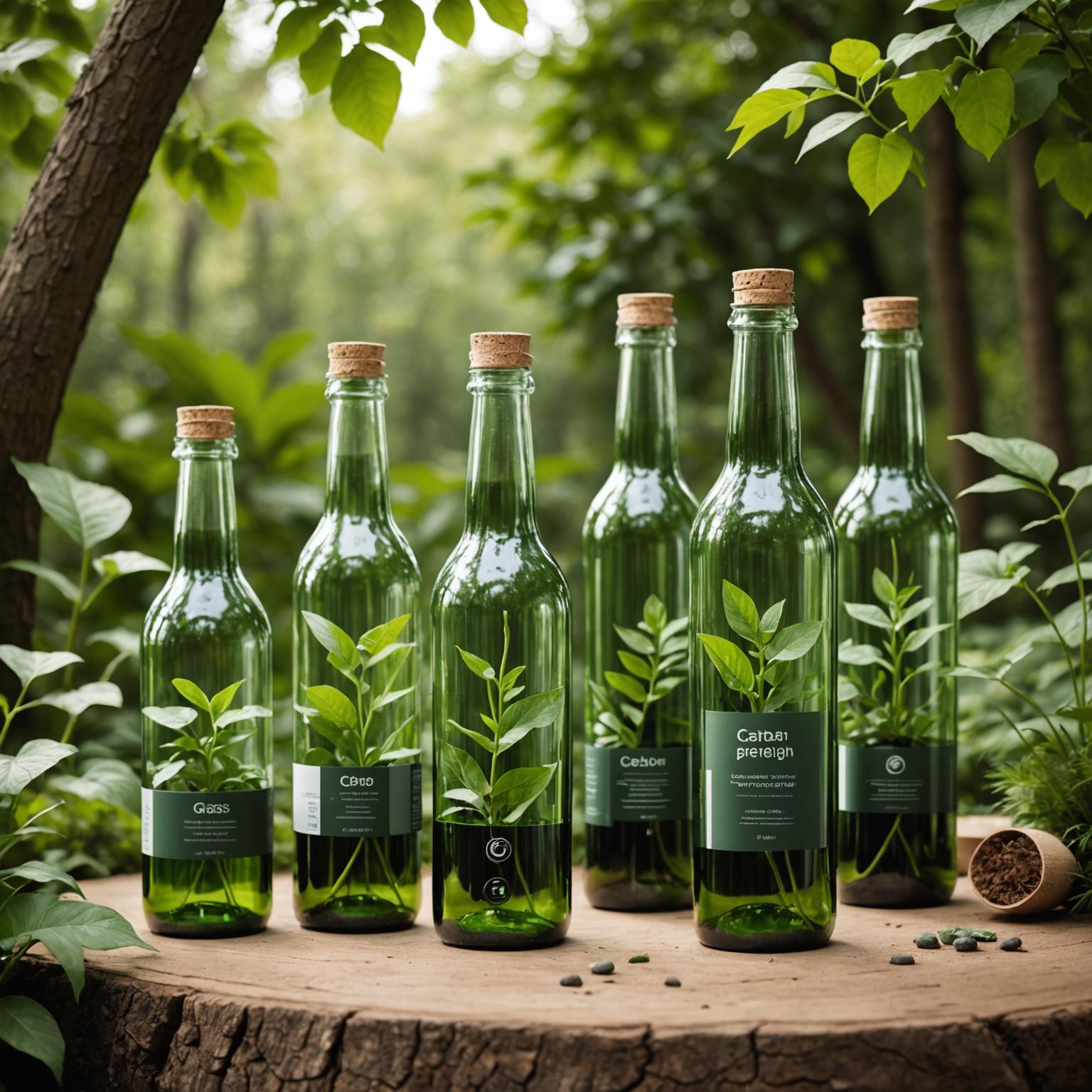
![Top 10 Child Resistant Packaging Manufacturers in the World [2025 Updated]](https://ptwebimg.pinshop.com/i/2025/06/03/10lve64-3.png)
![Top 20 Glass Jar Manufacturers in the World [2025 Updated]](https://ptwebimg.pinshop.com/i/2025/06/04/padm17-3.png)
